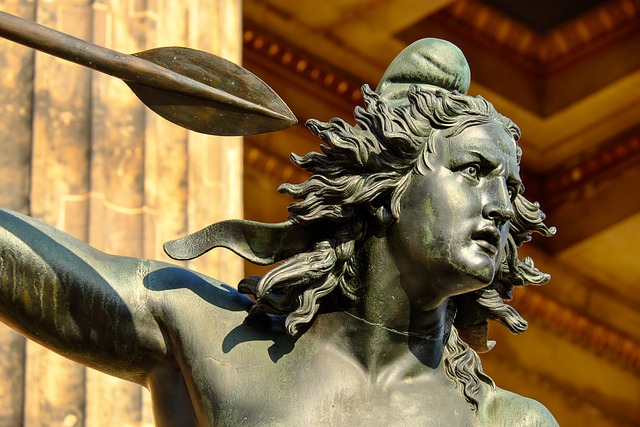Sculpting Beauty: Exploring the Art of Terracotta
Throughout history, the art of sculpture has captivated our imaginations, and among the various mediums, terracotta stands out for its rich textures and warm hues. This versatile clay, when molded into form, becomes more than just an art medium; it transforms into a canvas for emotion, storytelling, and cultural expression.
Terracotta, which means “baked earth,” has been an integral part of human creativity for millennia. From ancient civilizations to modern artists, this material has been used to create everything from intricate figurines to monumental sculptures. The act of shaping terracotta allows artists to connect with the earth itself, marrying the raw material with their vision, resulting in works that are not only visually stunning but also imbued with life.
The tactile experience of working with terracotta is unique. The pliability of the clay invites touch, making the sculpting process an intimate one. With fingers sinking into the cool, damp earth, each curve and contour emerges organically, capturing the artist’s emotions and intentions. It’s a dance of creation—a dialogue between the artist and the material that brings forth beauty from something so humble.
In many cultures, terracotta has played a pivotal role in both religious and social contexts. In ancient Rome, for instance, terracotta sculptures adorned public spaces, serving not just aesthetic purposes but also embodying civic pride. Today, artists continue this tradition, using terracotta to explore themes of identity, heritage, and the human experience. Such works invite us to reflect on our own stories, connecting us through shared histories and emotions.
One of the defining aspects of terracotta sculptures is their ability to convey movement and emotion. The subtle details—the flare of a figure’s garments, the expression on a face—can resonate with viewers on a deep level. There’s something profoundly beautiful in the imperfections and textures of terracotta, as they mirror the human experience itself. Each piece, with its unique flaws, tells a story that is both personal and universal.
The natural quality of terracotta offers a warm, earthy palette that can range from deep reds to soft creams. Artists often embrace these colors without the need for paint, allowing the raw beauty of the material to shine through. This approach emphasizes not only the artistry but also the inherent beauty of the earth, prompting us to appreciate the world around us.
In recent years, the resurgence of interest in traditional crafting techniques has breathed new life into terracotta sculpture. Artists are now blending ancient methods with contemporary practices, resulting in innovative works that resonate with today’s audiences. This evolution allows the art of terracotta to remain relevant, continuously inspiring a new generation of creators and appreciators alike.
As we explore the enchanting world of terracotta, we find ourselves drawn into an artistic journey that transcends time and culture. Each piece serves as a reminder of our shared human experience, beautifully crafted from the very earth beneath our feet. Whether displayed in galleries or found in the gardens of homes, terracotta sculptures enrich our lives, igniting a sense of wonder and connection to the artistry of the past and the future.



